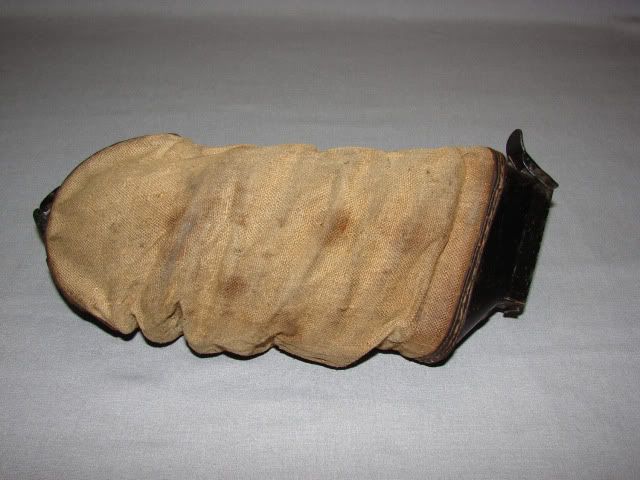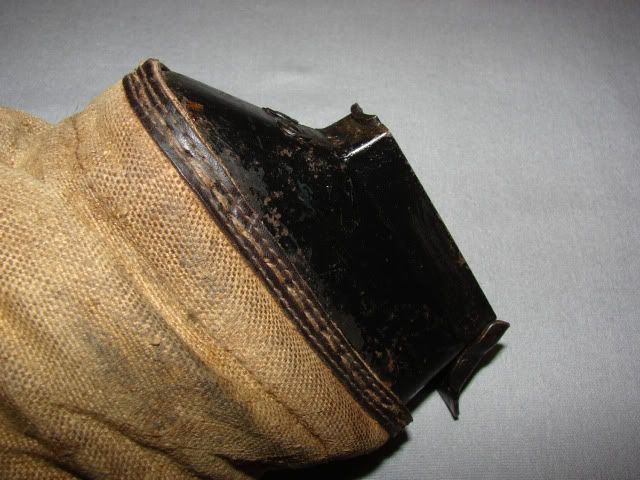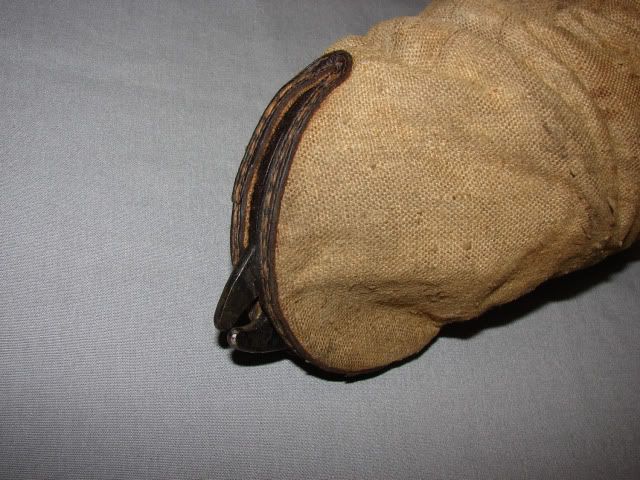bmg17a1 wrote:Here's an interesting shot of an MG15 in a German MG blister. What is the hose/line feed device on the left side of the receiver.
Bob
Oh, that's easy, Bob. That is actually NOT part of the gun at all, it is part of the turret. First off, that is mounted in a very common FW-189 observation plane, at the rear defensive gunners position. Those turrets are kind of unique. They were made by IKARIA-Werke, and are generically known as "Linsenlafette LL-K" types. There were several variations, that one is obviously enough for mounting an MG-15, though the LL-K81 was similar and mounted a MG-81Z.
The cool thing about these turret mounts was how they worked; it is hard to figure out from just the picture but the gun is mounted to that transverse bar shown there and is free to pivot up-and-down around the bars axis. The transverse bar then bridges the entire steel ring circle which forms the edges of the turret in the plastic glazed vision dome on the aircraft. The WHOLE RING IS ONE BIG GEAR, and is motored around the circumference of the glazed dome on command of the gunner by an electric motor driving a pinion gear on the ring-mounts outside surface. In this way, the gunner can rapidly traverse, track, and engage a rapidly moving enemy aircraft through the full range for vertical and horizontal translation while the turret only has to provide powered translation around the central axis; the horizontal gun mount bar providing all the other needed range of movement which just moves with the gunners hand held on the grip.......an absolutely ingenious method of tracking on all three axis.
What you see there, and what you are asking about is merely the gunners directional control switch, mounted/clamped to the receiver of the MG-15. The gunner merely pushes the switch in either direction and the turret ring begins rotating; by merely holding onto the grip and pointing the sights at the enemy plane, as the ring and bar rotate together the MG-15 will move both vertically and horizontally as needed to stay on target. The electrics had a logic circuit built in to the power drive that as the ring crossed over from port to starboard it automatically and seamlessly reversed (electrically) the controls commands so the gunner could continue to track and engage a target through the neutral point with no changes in his command inputs.
What you see there is the clamp on control box, which just clamped on the gun, and its extended connecting cable.
There were two available LuftWaffe manuals:
LDv 125/1- "Entwurf einer Beschreibung, Einbau- Bedienungs und Wartungsvorschrift der großen Linsenlafette"
LDv 125/2- "Entwurf einer Beschreibung, Einbringungs, Bedienungs und Wartungsvorschrift"
....which covered installations in a wide variety of planes. Maybe Herr Baum will wish to translate these as there is obviously such a huge market!! ;-)
-TomH (purveyor of arcane knowledge)
Vieles ist bekannt, dass ist nicht offenbart.









